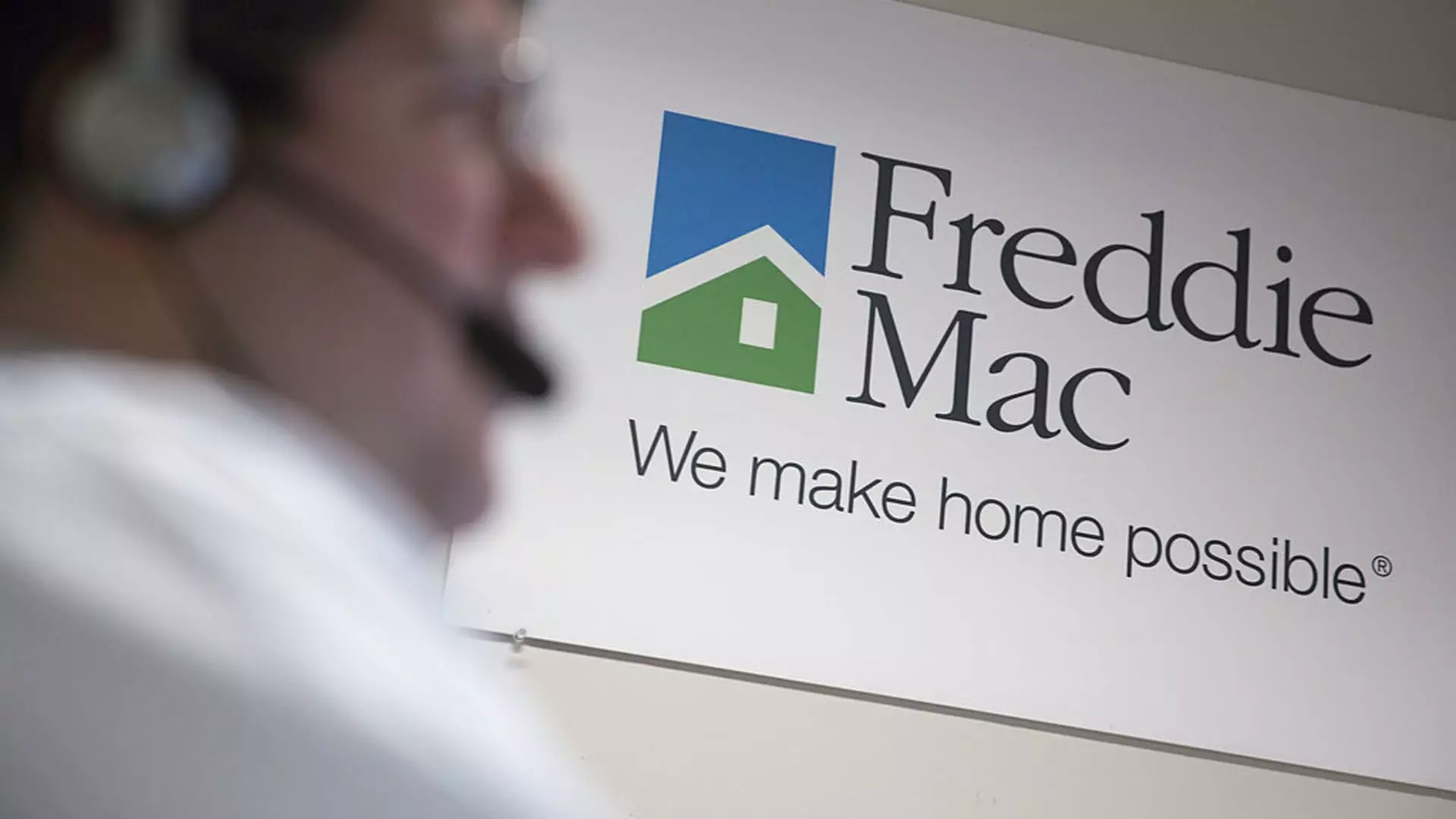Fannie Mae and Freddie Mac have long been central figures in the infrastructure of the U.S. mortgage market. Established with the intent of enhancing the availability and affordability of home financing, these entities have shaped the landscape of American homeownership. Since their inception—Fannie Mae in 1938 and Freddie Mac just over three decades later in 1970—their roles in providing liquidity to mortgage lenders have been critical, allowing a broader segment of the population to attain homeownership.
However, the 2008 financial crisis illuminated the vulnerabilities within this system, leading to the government placing both entities into conservatorship. This decision was made to stabilize the mortgage market as it faced unprecedented pressures from mass mortgage defaults, resulting in millions of homes falling into foreclosure. The conservatorship represented a drastic governmental response to safeguard taxpayer interests during a time of economic turmoil.
The control exerted by the federal government over Fannie Mae and Freddie Mac has produced significant debate. Many analysts point to the positive contributions of the GSEs in aiding homebuyers and stabilizing mortgage rates. Despite these benefits, the underlying issue of whether the conservatorship can sustainably serve both taxpayers and the housing market remains contentious. Mark Calabria, a former director at the Federal Housing Finance Agency (FHFA), raised critical questions about the financial health of the entities and their preparedness for economic downturns. He implies that optimism about the economy should not blind policymakers to the risks that may still threaten taxpayer interests.
The systemic risks highlighted by Calabria litter the landscape of housing finance. He questions if the current framework, heavily reliant on the government’s backstop, can weather future economic shifts without putting federal resources—and ultimately taxpayer money—at stake.
The financial mechanics of Fannie Mae and Freddie Mac are noteworthy, particularly their relationships with the Treasury. Following their 2008 conservatorship, these GSEs became crucial conduits for federal liquidity. The government’s initial $100 billion lines of credit were not merely safety nets; they were lifelines that allowed the entities to continue their operations during a catastrophic financial storm. Throughout this tumultuous period, these entities turned over an astounding $301 billion back to the Treasury, a move designed to recuperate taxpayer funds used for their bailout, effectively transforming them into revenue generators for the federal government.
Yet, while the financial contributions of Fannie Mae and Freddie Mac seem impressive on the revenue side, their stock valuations took a nosedive. Prior to the crisis, both firms traded at relatively stable prices, but that stability evaporated under the weight of conservatorship, leading to historical lows in their stock value. For investors, the subsequent volatility and uncertainty have raised critical questions about the future viability of GSE investments.
As we look towards the future, discussions surrounding the potential exit from conservatorship continue to gain traction, especially within certain political circles. While some financial experts and policymakers advocate for reform, others, like Calabria, argue that a transition to a fully privatized structure may not only alleviate taxpayer burdens but could also stabilize mortgage rates.
Calabria speculates that withdrawing the explicit government guarantee might elevate mortgage rates by 60 to 90 basis points, but proponents of privatization argue that free-market dynamics could lead to competitive rates that benefit consumers. The pending debate will revolve around whether the perceived risks of a privatized GSE model outweigh the potential benefits of fostering a more resilient and self-sufficient mortgage market.
The future of Fannie Mae and Freddie Mac represents more than a simple debate about privatization; it encompasses the vision for the U.S. housing market and its impact on millions of Americans. At this crossroads, policymakers must consider the balance between risk management, market stability, and taxpayer protection. While the ghosts of the past linger, the responsibility lies in shaping a housing finance system that not only works on the upside but is also equipped to handle future challenges. Only time will tell how this pivotal intersection is navigated, but the decisions made will reverberate throughout the American economy for years to come.

